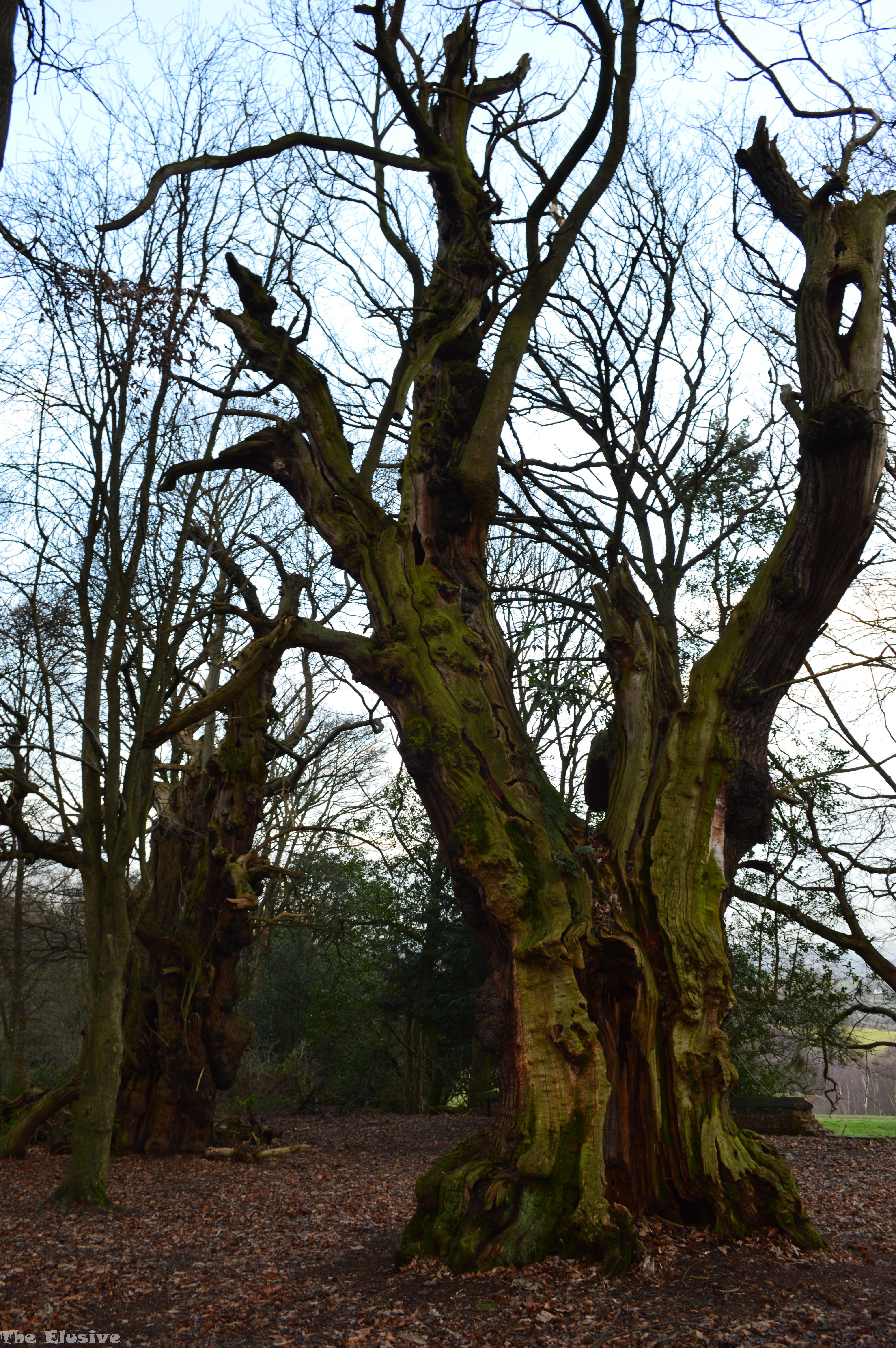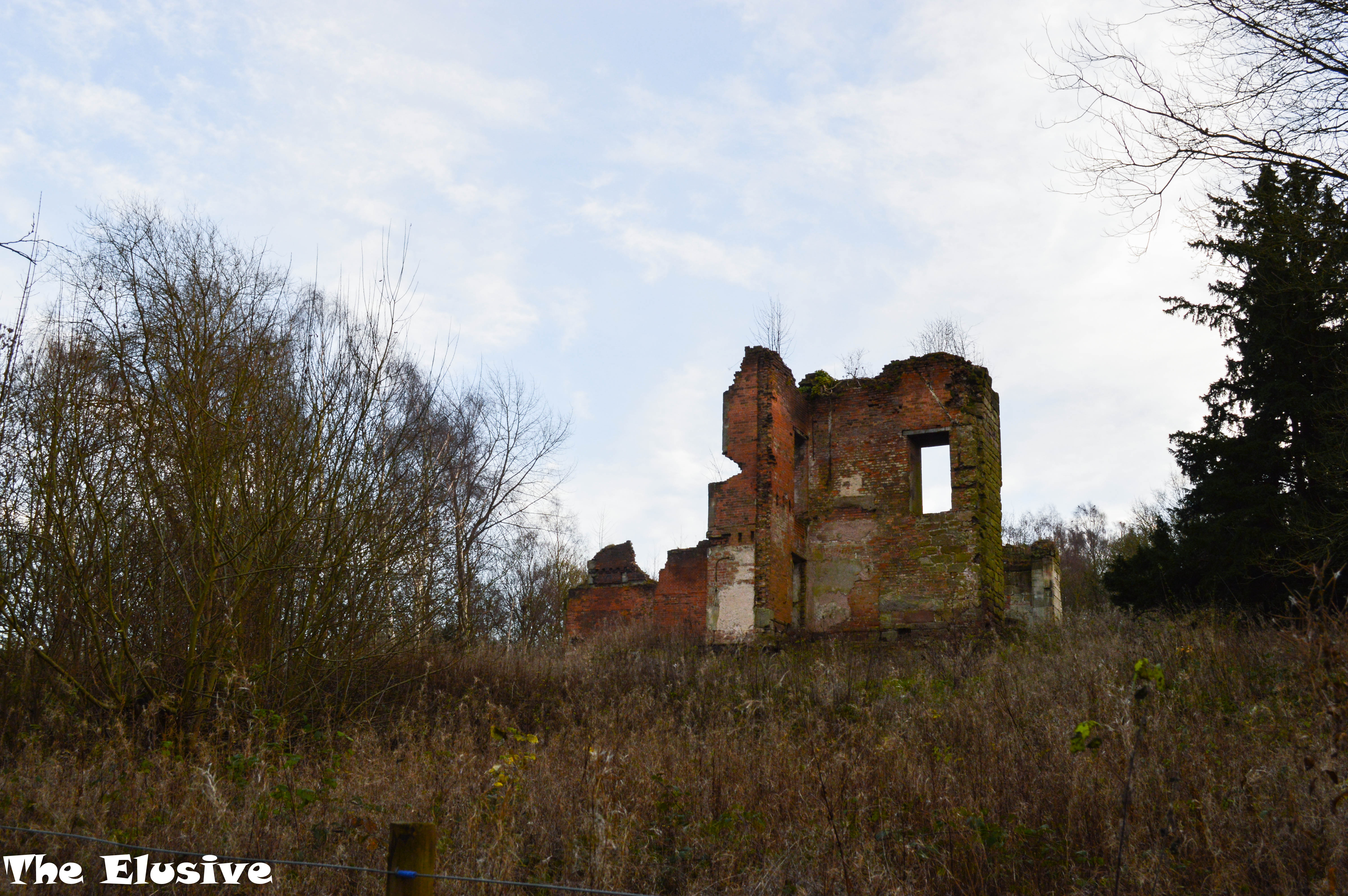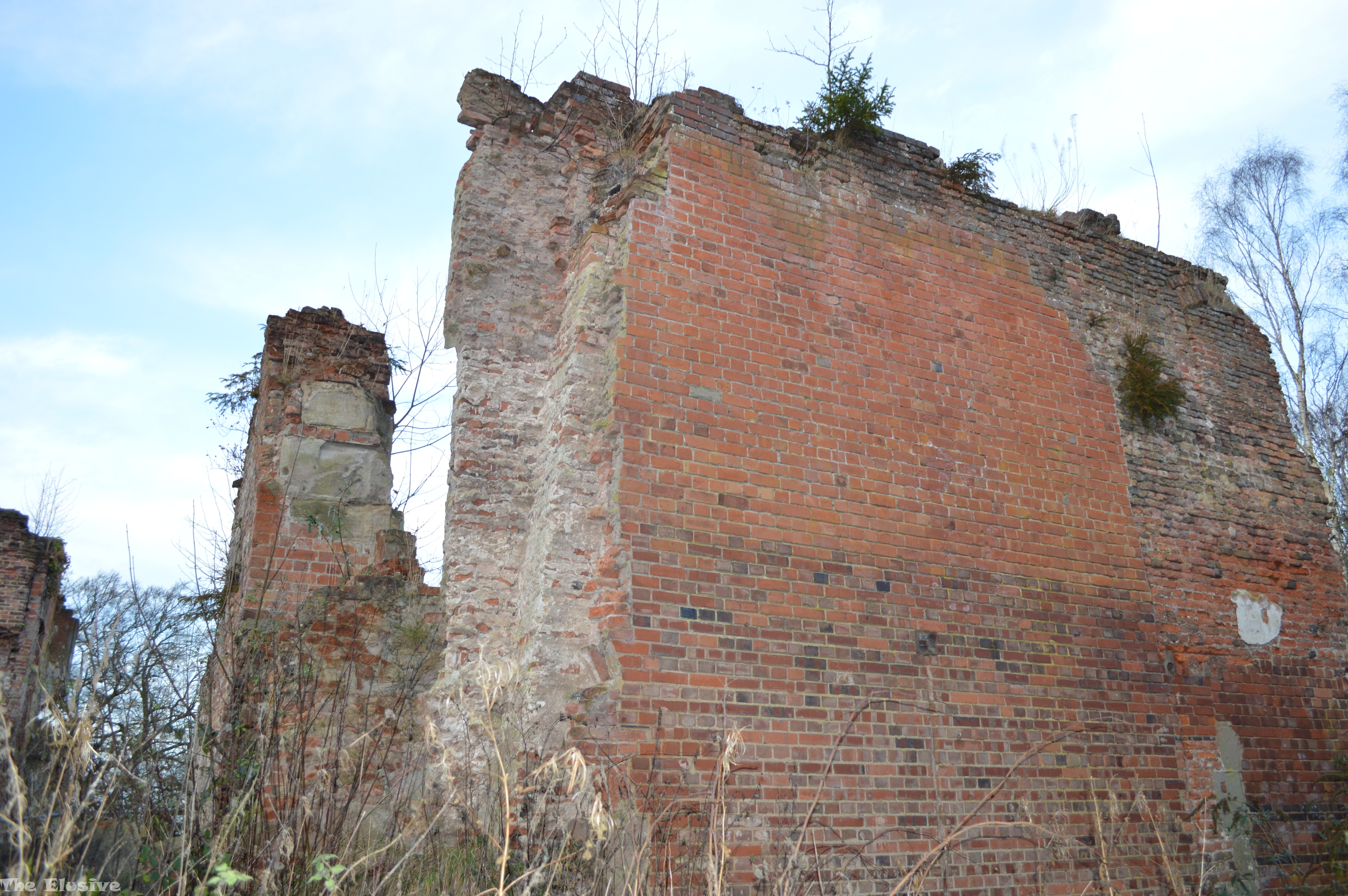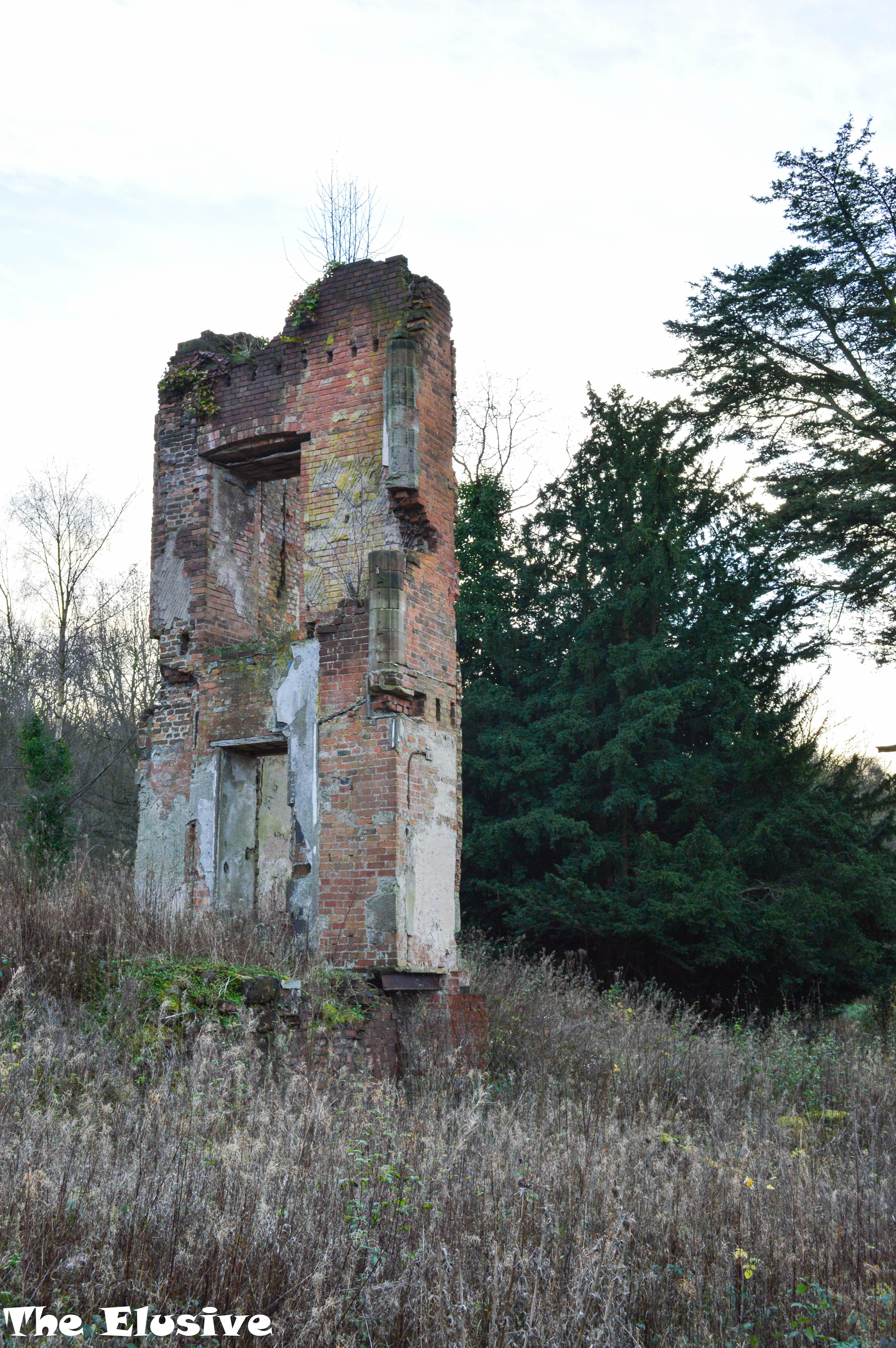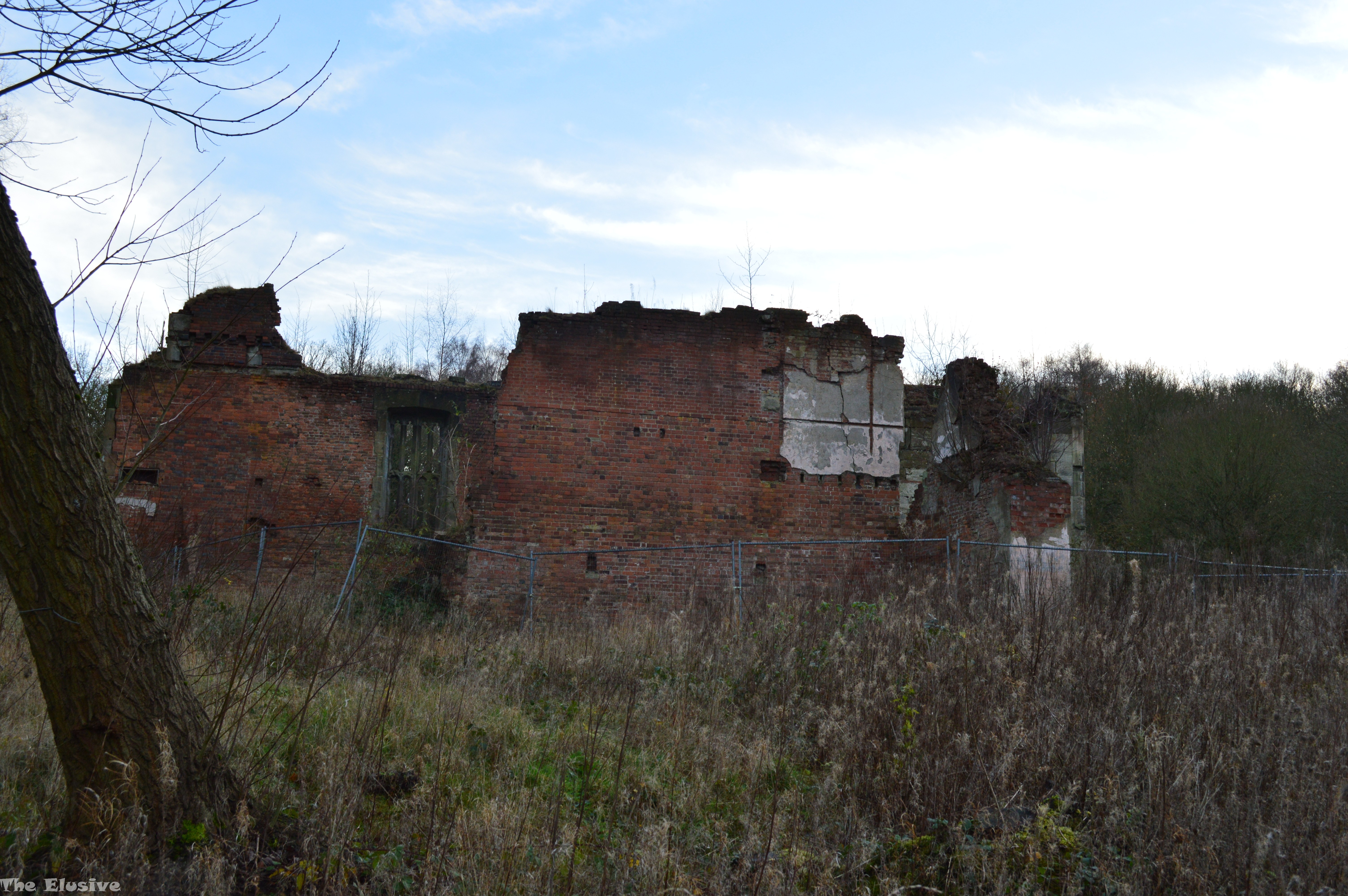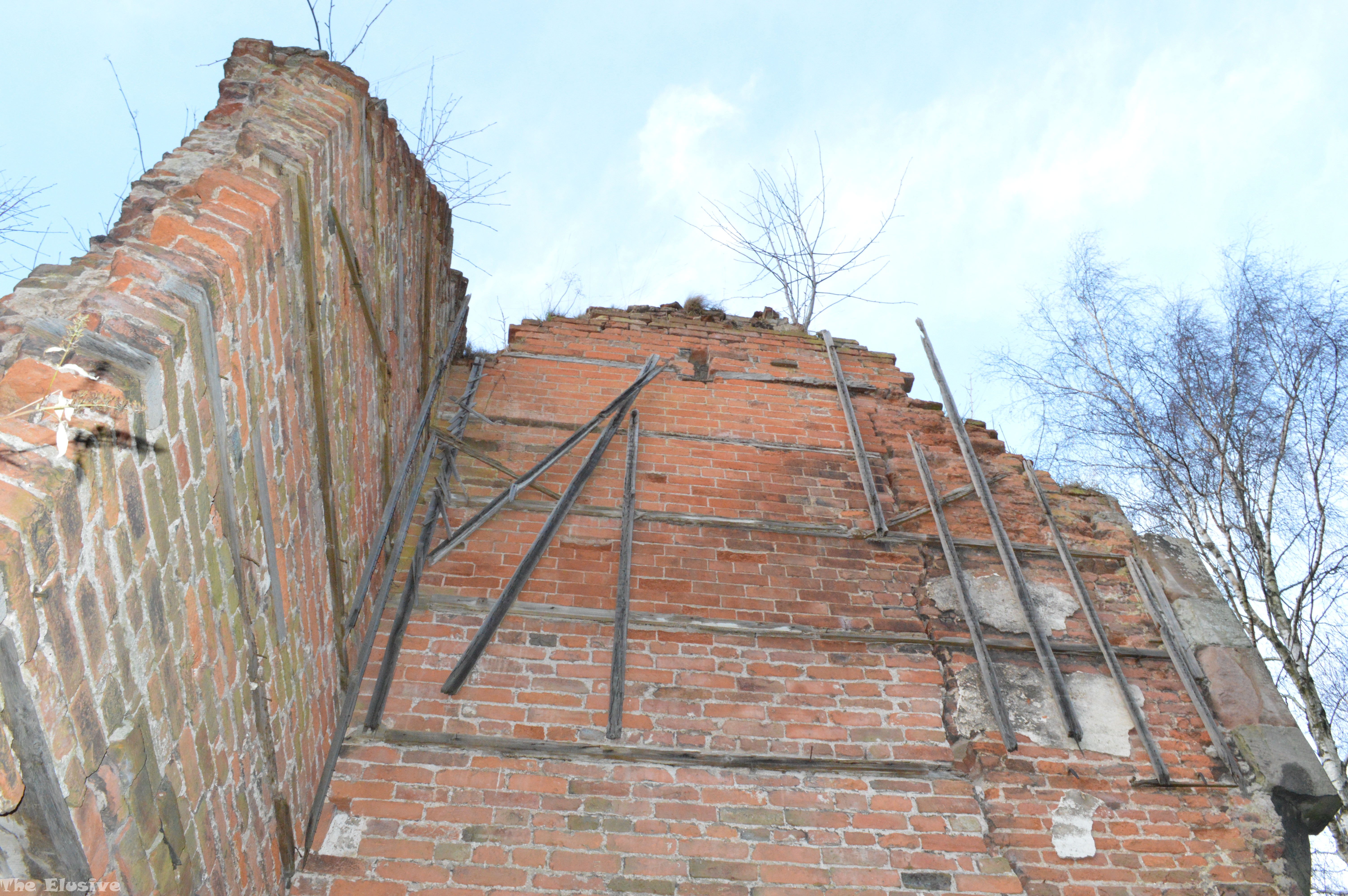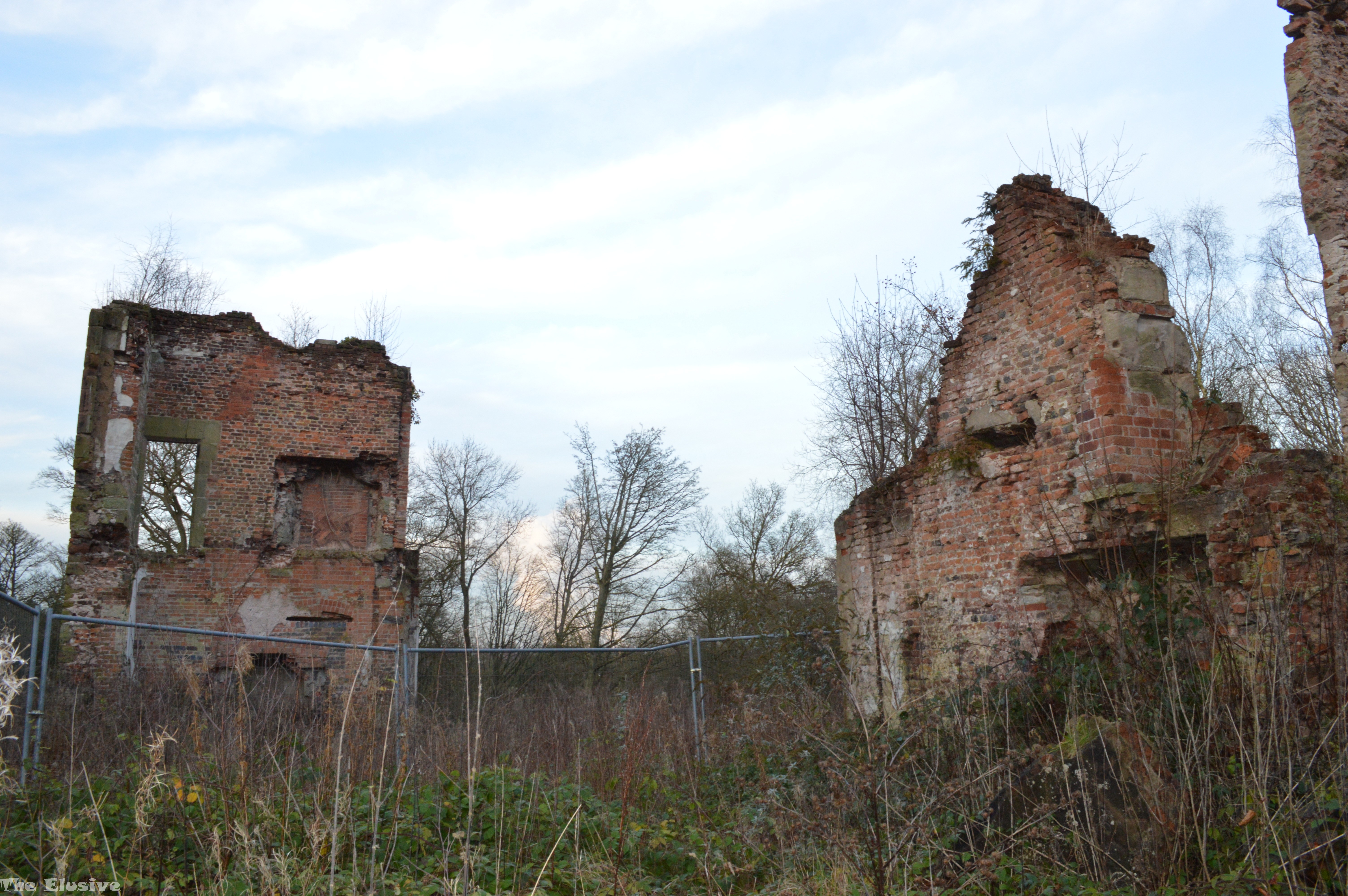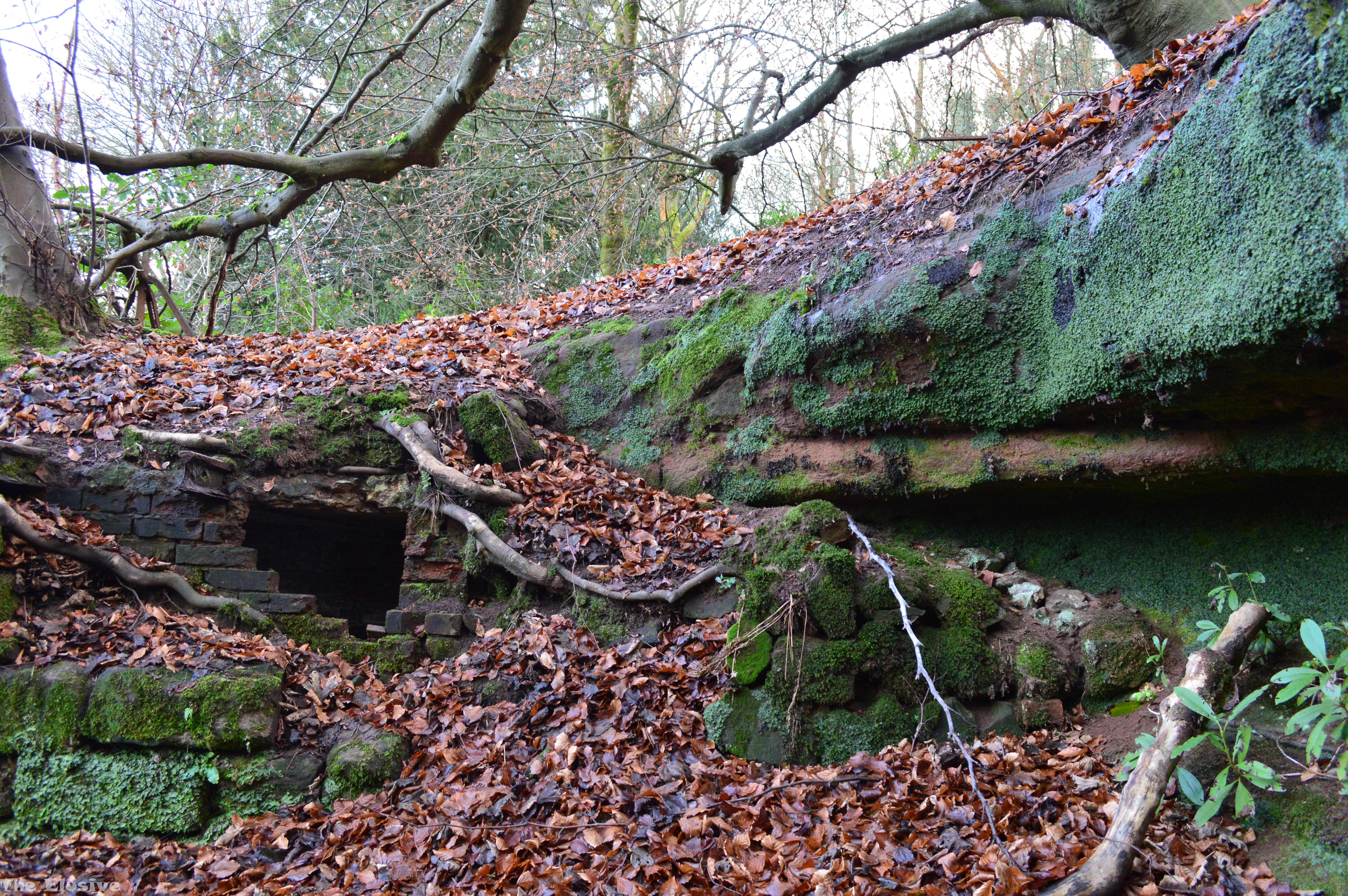These ruins are in cannock chase; visited a few times over the years there is very little that remain from the building itself but the gardens have survived and i think is now owned by the scouts
Beaudesert (meaning ‘beautiful wilderness) was probably a Cistercian monastery from 1135 – 1154 until it became the hunting lodge of the Bishops of Lichfield and Coventry. It remained in this role for nearly 400 years until, following the dissolution of the monasteries, Henry VIII gave the newly acquired house to Sir William Paget, his Secretary of State. In 1551, for his services to the Crown, he was created the 1st Baron Paget and also given extensive areas of Cannock Chase and the original Beaudesert Hall.
The 3rd Baron Paget extensively rebuilt the hall in between 1573 and 1583, incorporating the original medieval section as the rear of the now much expanded house. The alterations created a great east front using mainly local bricks – over 40,000 in total – and some local stone. By 1593 it was described as ‘a very fair brick house’.
The Elizabethan house remained largely untouched until 1771 when the 9th Baron Paget (later the 1st Earl of Uxbridge) not only rebuilt Plas Newydd but also employed James Wyatt to remodel Beaudesert to incorporate many neo-Gothic features. In the 1820s, Joseph Potter made only minimal changes to the exterior but inside much of the original plasterwork and wood was replaced, with Potter also adding a billiard room. In 1798, Stebbing Shaw1 described the house in detail, saying:
“The entrance in front is under and neat and light old portico, through folding doors into a handsome Gothic hall, 80 feet by 21, with lofty arched ceiling, and a large music gallery at the east end. The dining room, entirely made by the present earl, like the former, displays much magnificence, simplicity and elegance, and is proportionately large, 45 feet in length, 28 in breadth and 28 feet high, with a handsome ceiling. A long gallery in [the] front of the house, 97 feet by 27, is used as a large drawing room.”
The house again then remained unaltered until 1909-12 when renovations followed a large fire in 1909. The 6th Marquess of Anglesey, who had inherited in 1905, was still living in the manner of his ancestors enjoying several large estates funded through an annual income which in 1883 had amounted to over £110,000 (approx. £7.4m – reputedly making him the third richest man in the country).
Under the direction of Captain Harry Lindsay the renovations extensively altered the interior. Wyatt and Potter’s earlier changes were stripped away and the rooms restored according to various architectural periods. The Great Hall was restored to how it would have been in the 3rd Baron’s time with a large mullioned window recreated in the west wall and the original oak roof – which had been hidden behind a false ceiling – was restored. The Long Gallery had retained the fine original Elizabethan fireplace but had lost much of the plasterwork. Nobody would dream of carrying out such dramatic (and ultimately destructive) ‘restoration’ today but Howard Colvin, writing in 1985, said that: “However far in spirit from modern principles of conservation, the transformation was done with sufficient knowledge and skill to look remarkably convincing through the medium of the Country Life photographs of 1919′.
“A fine oak screen at one end of the banqueting hall is surmounted by the Musician’s Gallery, in which at one time stood an old organ, given to the Pagets by the Prince Regent during a visit to Beaudesert Hall in 1815. In the banqueting hall are several valuable tapestries, some of which originally came from Hampton Court [Palace] … Some of the bedrooms at Beaudesert have the walls covered with ancient Chinese hand-painted papers. Three of these papers were brought to England in Queen Anne’s time, and they are extremely valuable.”
– from the 1935 sale catalogueBy 1919, the heavy taxation was taking its toll. Shortly after the Country Life article Lord Anglesey ceased to live at Beaudesert and went to live permanently at Plas Newydd prompting a limited sale in 1921 of the furniture he couldn’t take with him. Beaudesert Hall and about 2,000 acres were placed on the market in 1931 after all attempts to find a use for the house had failed. Though all the (nine!) lodges were sold – of which eight still stand – at the auction in 1932 no purchaser was found for the hall. A further sale was held in July 1935 of the fittings of the hall and stables which raised about £8,000 (approx. £370,000) with the hall itself sold to a Leicestershire firm of demolition contractors for £800. Around 20,000 square feet of panelling and other fittings were taken away – the famous ‘Waterloo’ staircase making it to Australia.
Beaudesert now only lives on in name – and a few forlorn ruins which only survive as the demolition contractors went bust before they could finish the job. In 1937 Lord Anglesey donated 124 acres to be used for recreation by scouts, guides and other similar associations and this ground was opened in 1938. Beaudesert decline from the heyday of the beginning of the 20th century to campsite in under 40 years is a sad example of the damage that can be done to the fabric of a nation’s history by an unsympathetic tax system.
http://lh.matthewbeckett.com/houses/lh_staffordshire_beaudesert.html




